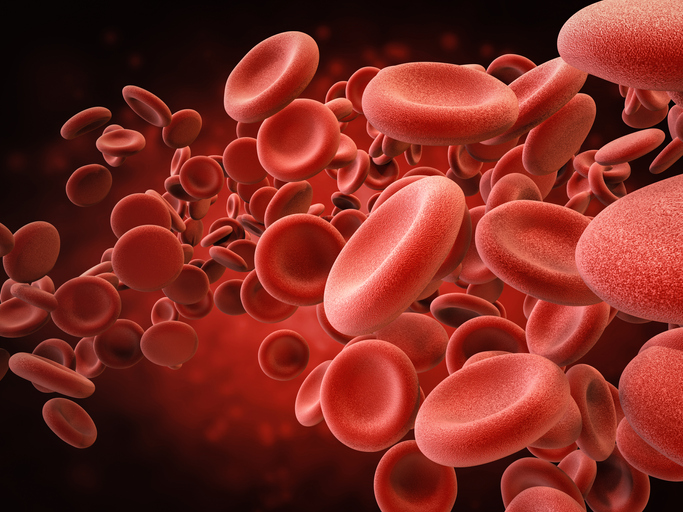HHV-6 reactivation occurs much more often with cord blood hematopoietic stem cell transplantation (HSCT) than with HSCT using allografts from peripheral blood or bone marrow. Reactivation typically occurs 2-3 weeks following HSCT. How long reactivation with viremia endures following the reconstitution of a functioning immune system has been unclear, largely because quantitative PCR (qPCR) of whole blood can detect both free virus and latent virus in circulating PBMCs.
In order to determine how often true viremia occurs in people undergoing cord blood HSCT, Ebadi et al. of the University of Minnesota performed quantitative PCR studies of cell-free serum instead of whole-blood. Fifty-nine CBT recipients who reactivated HHV-6 by day +28 and who survived >1 year were studied one year after successful engraftment.
Overall, long-term- HHV-6 viremia was rare, occurring in (possibly) just one of the 59 patients. This indicated that while initial reactivation is common in cord-blood recipients, persisting HHV-6 viremia is unusual when engraftment has been successful.
Read the full article: Ebadi 2020

